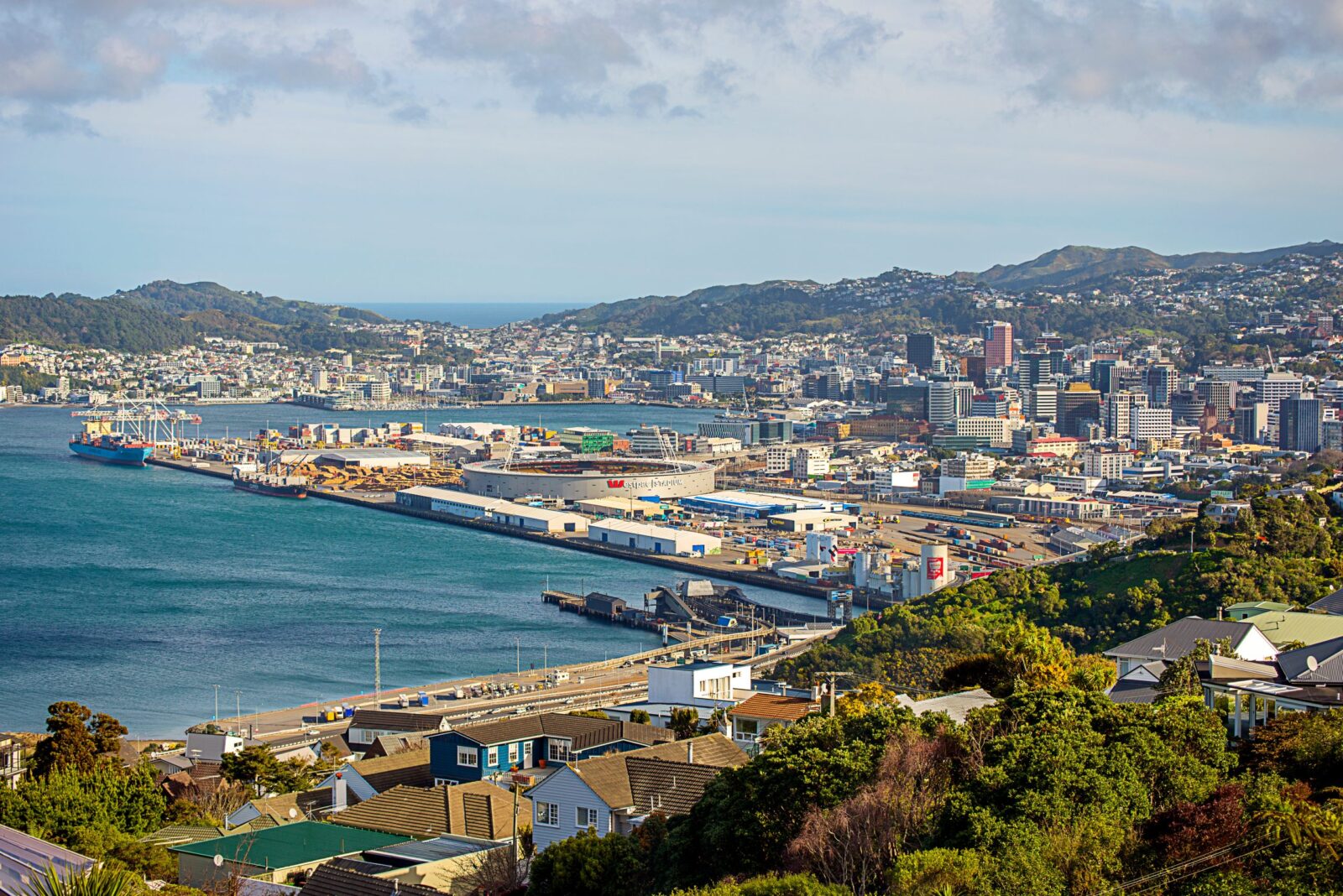Featured Article, Investment
Why has renting in Wellington become so expensive? | Tommy’s Property Management


If you were asked which district or suburb beginning with P was the most expensive in New Zealand to rent in, you would probably find that most people would conclude that this would be either Parnell or Ponsonby in Auckland.
But no, Porirua has claimed the title of being New Zealand’s most expensive district Porirua? Really Yes! It is a little hard to believe in a year that has already thrown us so much. Data provided by Trade Me shows significant increases in the median rent, particularly over the last two years. In September 2018, the median rent in Porirua was $435 per week. In September 2020, this increased to $625 per week. That is a staggering increase of nearly 44% in a two-year period. Compare this to Wellington which has increased from $485 to $600 per week, or 24%. So why are rents so high? Is it because people have decided to leave the city living behind in this COVID world ?
One thing that the summary provided by Trade Me does not show is the type of property that is being rented. There is no doubt that suburbia has become much more desirable than a city centre apartment living for small families in a world that has been transformed in 2020. This is not just a New Zealand phenomenon. Trends around the world are that people are
wanting to escape the city centres and live in the less condensed location. However, there is also something else behind Porirua’s meteoric rise up the rent tables.
When you look at the data provided by Tenancy Services over the last 6 months, there have been a total of 287 bonds lodged for property in Porirua. Nearly 50% of these are for three-bedroom housing. This equates to just over 23 bonds per month on average being lodged. Suddenly, however, there does appear to be a slight surge in supply. In the time of
writing this article, there are now 30 three-bedroom properties available in Porirua which indicates about five to six weeks of supply which means that rents may have reached their temporary peak in the short term. Only time will tell.

When you look at Wellington, most properties available to rent is one-to two-bedroom with three-bedroom properties making up around one-quarter of properties rented in the city. Your standard three-bedroom home in Karori will still demand a higher rent than your standard three-bedroom in Whitby. As an increased number of Kiwis look to return to New Zealand, our country is seeing strong demand from couples and small families returning home. This unprecedented ‘brain gain’ is leading to a greater demand for suburban living. The city centres are not as desirable as they once were and with an increase of supply in apartments, rents for one to two-bedroom properties will hold. For properties with three-to four-bedrooms, there is increased demand, and this is what has fuelled the growth in rents. An increase in smaller properties becoming available within our main centres such as Auckland and Wellington compared to a reduced pool of three to four-bedroom properties becoming available to rent.
It also points to the importance of infrastructure when planning the growth of cities. The main Kapiti rail line and the pending opening of Transmission Gully will continue to see the eastern gateway to Wellington sought after as families look to establish roots in suburbia with easy commuting to the city centre whether it be via train or road. Areas as far as north as Levin have seen remarkable growth in rents in comparison to the city centre. Long term, the Government should give serious consideration to electrifying the main Kapiti rail line to at least as far north as Levin, and ideally as far north as Palmy. What we can learn from European cities and in particular, places like London and Paris, is if you get the public transport system right, with fast connections to the main CBD’s, then you will have a wider boundary where people can live and still access work within a one-hour commute. Then, when you take into consideration the fact that many people can and will continue to work from home, flexible work and living environment can lead to a more stabilised market for rents and house prices, as the geographic pool of properties is increased. Imagine a highspeed express train from Palmy to Wellington stopping at Levin, Otaki and Paraparaumu with a travel time of just over one hour. How good would that be?
The lessons that we can learn from Porirua is that three-bedroom property, close to infrastructures such as rail, shops, parks, and beaches will continue to be in strong demand. Get your infrastructure right first, and then develop the land we have. For investors, I feel it is wise to look at the modern way of life. Three-bedroom, high-density townhouses with onsite parking, and low maintenance sections will always be in high demand. Also, make sure that you do your due diligence before purchasing and consider compliance with healthy homes as well as location when making your next investment purchase.
As ever, here at Tommy’s, we focus on the education of our consumers, our clients and our team and we have been servicing the Wellington region of over two decades. If you need any advice around investing in residential property, contact our team. We have the entire region covered.
Regards
David Faulkner
General Manager
Tommy’s Property Management
Explore more posts like this one
View more
November 14, 2025
Wellington Rental Market Update | November 2025

November 11, 2025
Pet Friendly Rental Rules Are on the Way!

October 14, 2025
Wellington Rental Market Comment | October 2025
